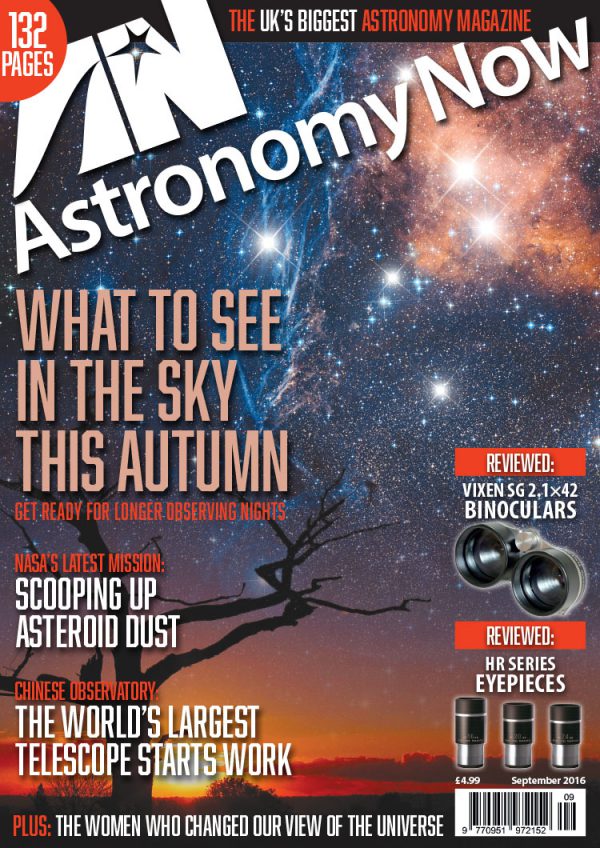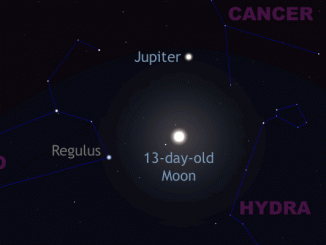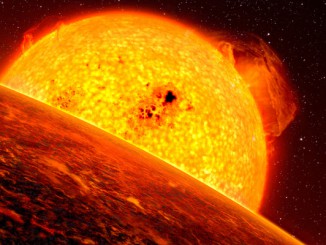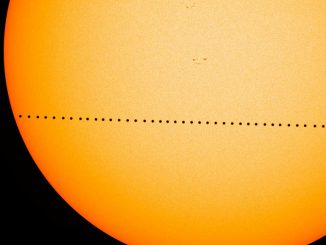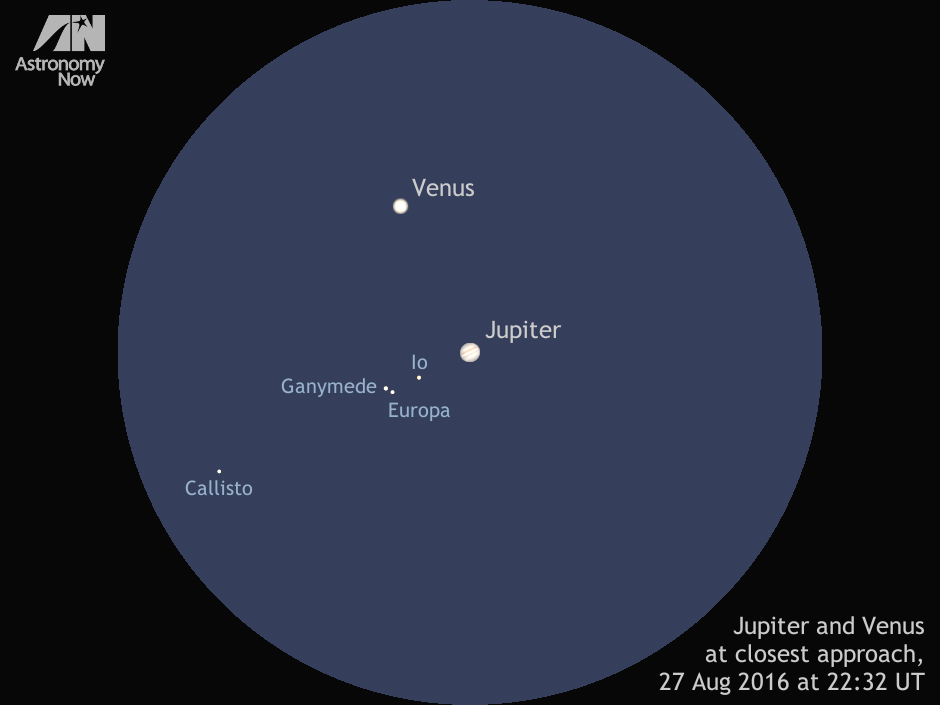
The view from the British Isles
As seen from the extreme southwest, the shallow angle of the ecliptic to the western horizon means that even at the end of bright civil twilight (about 40 minutes after sunset), Jupiter and Venus will be just 1 degree high in the west making for a very challenging observation. The pairing will sadly be unobservable from the remainder of the UK unless one is prepared to make the attempt in daylight, which is something only very experienced observers with equatorially-mounted telescopes or GoTo instruments should consider since the Sun is just 22 degrees — a span of an outstretched hand at arm’s length — from Jupiter and Venus. You have been warned!
The view from Southwestern Europe
As seen from the Iberian Peninsula, the aspect is somewhat better owing to the lower latitude. As seen from Lisbon 45 minutes after sunset, the deeper twilight means Venus and Jupiter could be visible to the naked eye some 3 degrees high in the west. As seen from the Canary Islands, Jupiter and Venus are first visible at 9:20pm local time (20:30 UT) in La Palma when the planets are 5 degrees high in the west.
The best location to see the conjunction in the darkest sky?
South America is the place to be — particularly Guyana, Suriname, western Brazil, central and eastern Bolivia, western Paraguay and central Argentina — because this is where you can see Jupiter and Venus at their closest in a deep twilight sky due to the almost vertical angle that the ecliptic makes to the horizon.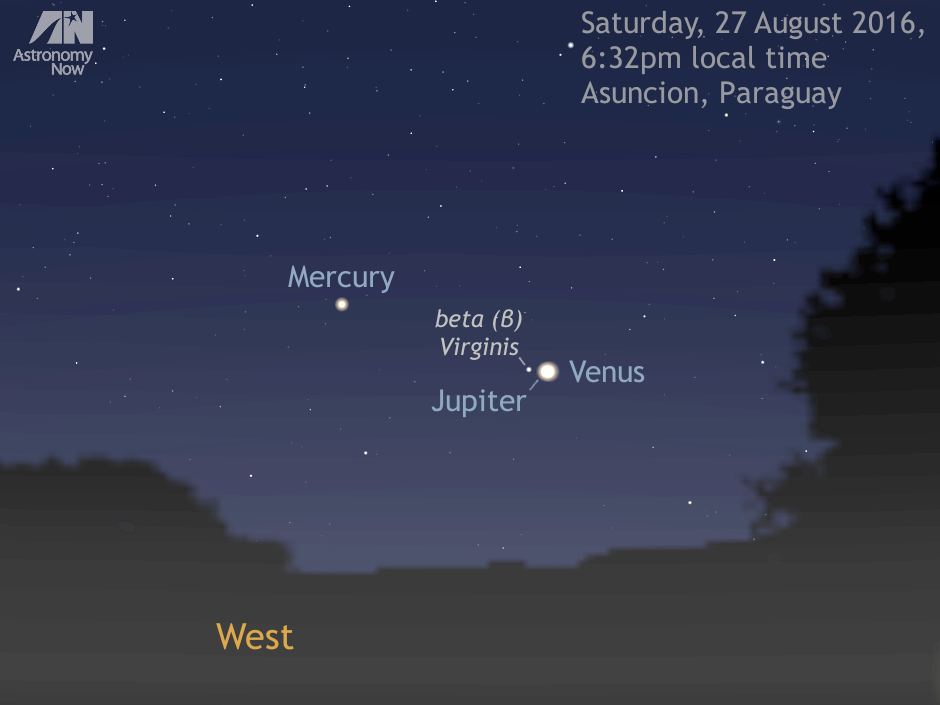
The view from North America
By the time the Sun sets in the USA, Canada and Mexico on 27 August, Jupiter and Venus have passed their point of closest approach. However, the planets are still close. By the time New York’s evening twilight has faded enough to see Jupiter and Venus (about 8:20pm local time), the pair will be just 2 degrees high in the west. Southerly states offer better viewing prospects, hence the two planets will be first seen about 7 degrees high in the west from Miami, Florida. Over on the Pacific Coast, Jupiter and Venus emerge from the evening twilight around 8pm local time in Los Angeles where the two planets — by now 12 arcminutes apart — can be found just 4 degrees above the western horizon. When first seen from Mexico City around 8:30pm local time, Venus and Jupiter will be 8 degrees high in the west.
The view from Australasia
At the point Jupiter and Venus are closest it is already Sunday, 28 August in New Zealand (10:32am NZDT) and Australia (8:32am AEST in Sydney, NSW). This is, of course, in full daylight. As stated for the UK observing circumstances above, if you are an experienced observer acutely aware of the potentially blinding glare of the Sun just 22 degrees away from the planetary pair, then it will not be too much of a challenge (with all due care) to see both Venus and Jupiter in the same high-power field of an equatorially-mounted or GoTo telescope (Venus: α=11h 51.3m, δ=+02° 13’, J2000). When closest, the two planets lie about 30 degrees high in the northeast as seen from the heart of New Zealand.
Inside the magazine
For a comprehensive guide to observing all that is happening in the sky for the month ahead tailored to Western Europe, North America and Australasia, obtain a copy of the September 2016 edition of Astronomy Now.
Never miss an issue by subscribing to the UK’s biggest astronomy magazine. Also available for iPad/iPhone and Android devices.

